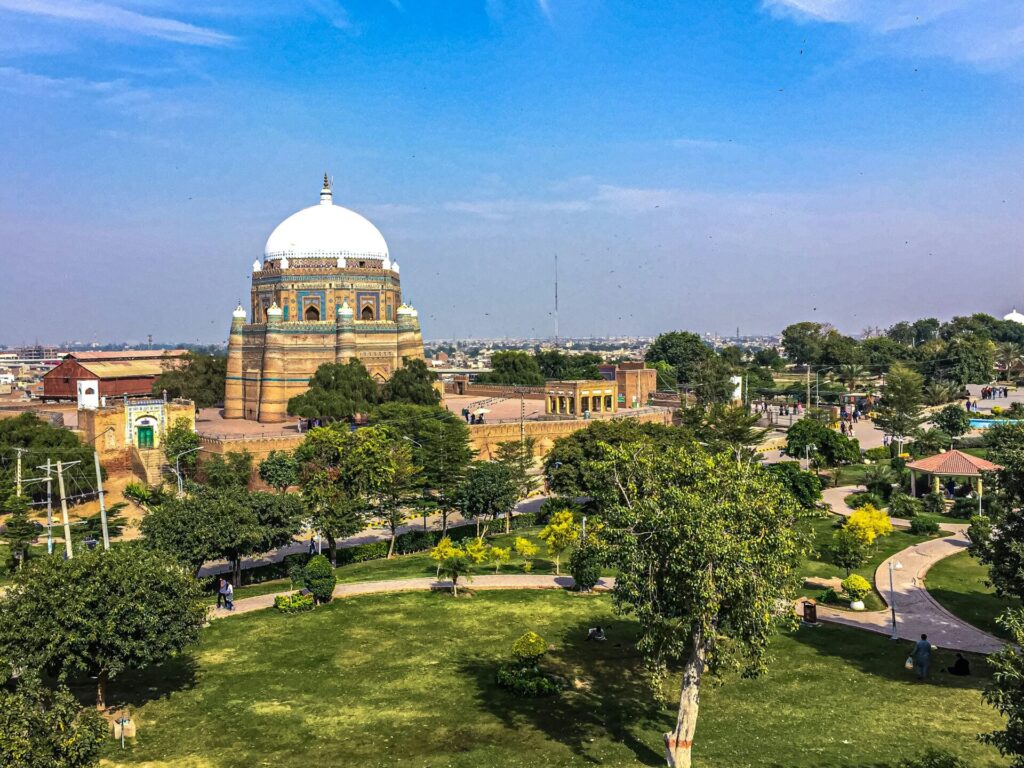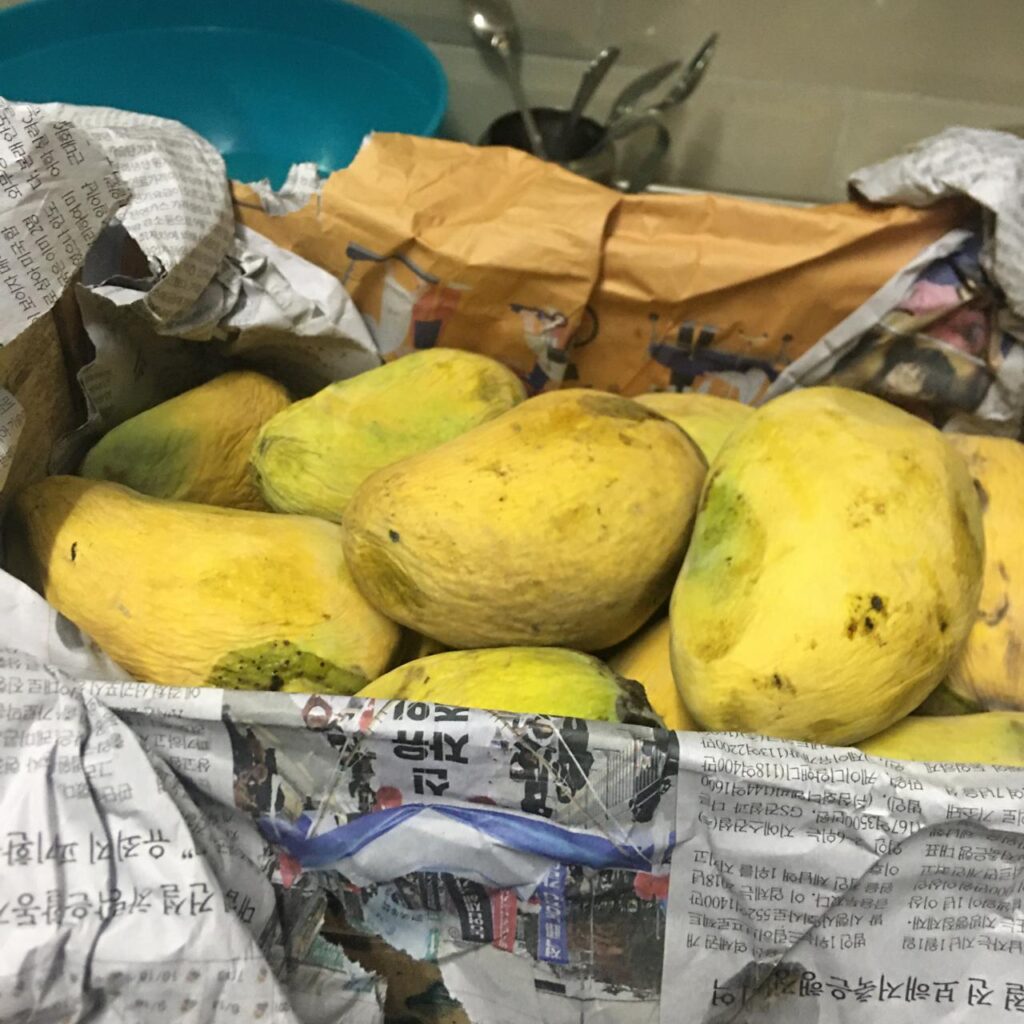Exploring Multan: The City of Saints, Sufis, and Ancient Splendor

Multan, one of Pakistan’s oldest cities, is a mesmerizing blend of history, culture, and spirituality.
For centuries, the “City of Saints” has been a center of Sufi traditions, architectural marvels, and vibrant bazaars.
Located in the heart of Punjab, this ancient city offers visitors an unforgettable journey through time with its beautifully adorned shrines, bustling markets, and mouthwatering local cuisine.
A Walk Through History
Multan’s history dates back over 5,000 years, making it one of South Asia’s most historically rich destinations.
It has been home to countless civilizations, including the Indus Valley people, Persians, Greeks, Arabs, and Mughals.
Its stunning architecture and revered religious sites reflect the city’s deep history.
One of the city’s most iconic landmarks is the 14th-century Tomb of Shah Rukn-e-Alam, a masterpiece of Indo-Islamic architecture.
This grand mausoleum boasts intricate tilework and a majestic dome that dominates Multan’s skyline.
Another must-visit site is the Tomb of Bahauddin Zakariya, a Sufi saint whose spiritual teachings inspire thousands of visitors annually.
The Mystical Aura of Sufi Shrines
Multan is deeply connected to Sufism, and the shrines of revered saints are a major attraction.
The Shrine of Shah Shams Tabrez, a legendary Sufi mystic, is another sacred site where visitors can experience the city’s profound spiritual energy.
The rhythmic beats of qawwali music, often performed at these shrines, transport visitors into a world of devotion and peace.
Exploring the Colorful Bazaars
No trip to Multan is complete without a visit to its lively bazaars.
The Hussain Agahi Bazaar is a treasure trove of traditional handicrafts, embroidered fabrics, camel-skin lamps, and the famous Multani blue pottery.
Strolling through these bustling alleys, you’ll witness a vibrant display of colors, rich scents of spices, and the warm hospitality of the locals.
Savoring Multani Cuisine
Food lovers are in for a treat in Multan!
The city is famous for its Sohan Halwa, a traditional sweet made from wheat, sugar, milk, and ghee, which melts in your mouth with every bite.
For a savory delight, try the local Multani Chicken Karahi, known for its rich flavors and aromatic spices.

Another local specialty is the Multani Mango, celebrated for its unmatched sweetness and juiciness.
The Fort That Stood the Test of Time
One of the most captivating sights in Multan is the Multan Fort, a historical stronghold that once housed palaces, mosques, and grand halls.
Though much of it was damaged during colonial times, its remnants still offer a glimpse into the city’s glorious past.
Visitors can enjoy breathtaking views of the cityscape from the fort’s high vantage points, particularly during sunset.
Why You Should Visit Multan
Multan is more than just a city; it’s an experience that connects you with centuries of history, spirituality, and tradition.
Whether you’re a history buff, a spiritual seeker, or simply an explorer looking for a unique destination, Multan offers something for everyone.
The city’s deep-rooted cultural heritage, warm hospitality, and vibrant atmosphere make it a must-visit gem in Pakistan.
Best Time To Visit Multan
The best time to visit Multan, Pakistan, is during the cooler months from October to March.
The pleasant weather makes it ideal for exploring the city’s historic landmarks and vibrant bazaars.
This period also coincides with traditional Sufi festivals, offering a unique cultural experience.
Avoid visiting in summer, as temperatures can soar above 40°C, making outdoor activities extremely uncomfortable.
Final Thoughts
Visiting Multan is like stepping into a living museum where history and modernity coexist harmoniously.
If you’re planning a trip to Pakistan, don’t overlook this enchanting city. Its rich past, soulful traditions, and unforgettable charm will leave you spellbound.
